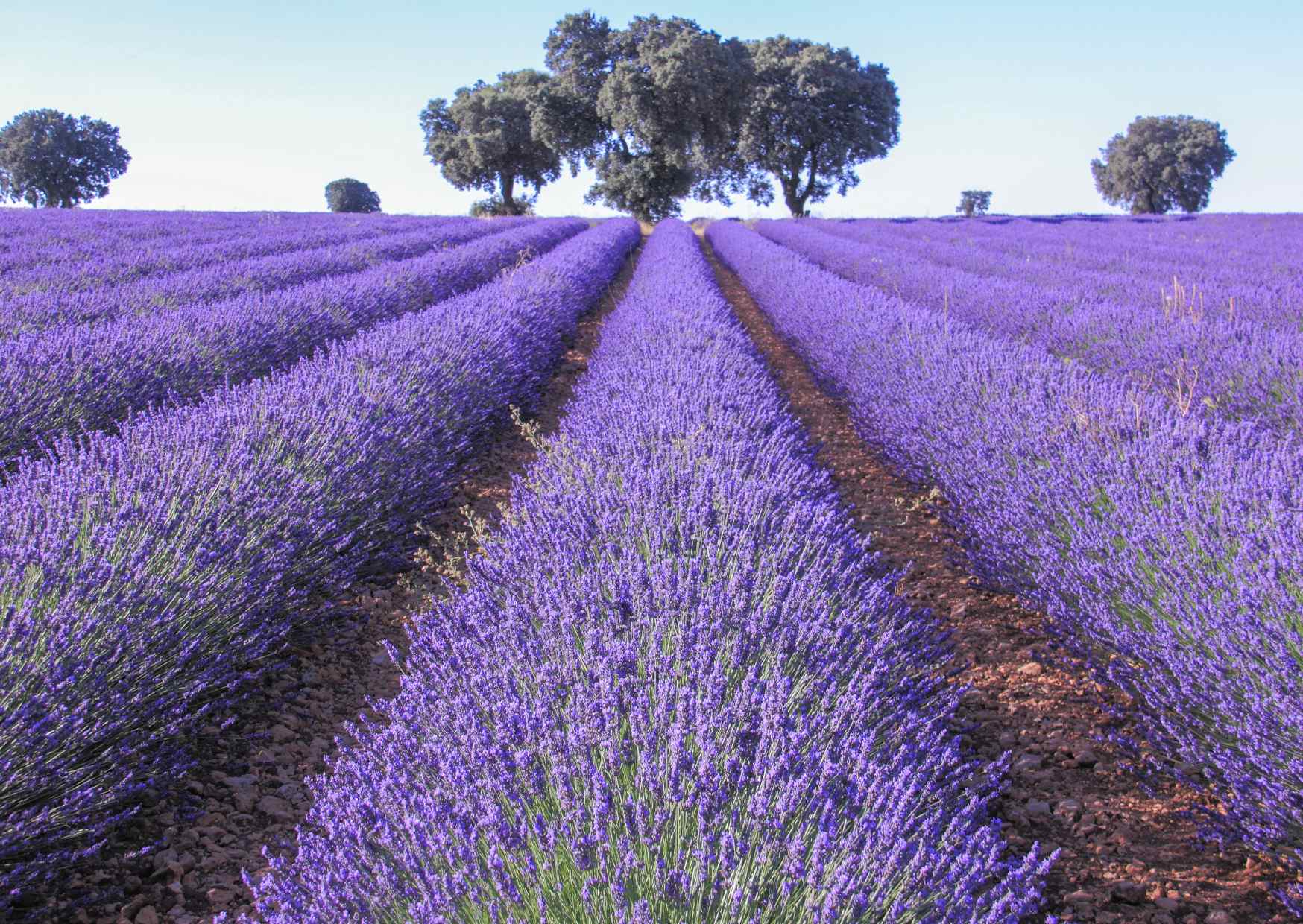Safety is at the heart of everything we do at Plant Therapy and education follows right behind. You’ve heard us talk about carrier oils, you’ve heard us emphasize their importance, and you’ve seen all the different carrier oils we have to offer. If you are new to Plant Therapy, carrier oils might be something new to you. If this is the case, stop right here and go check out our past blog post all about carrier oils. Something we have touched on but never really dug into are carrier oil infusions.
What is a carrier oil infusion?

By definition, an infusion is the introduction of a new element or quality into something else. That’s exactly what we’re talking about when we say carrier oil infusion. We are introducing new elements and properties into the carrier oil to make them even more effective and beneficial. When we talk about infusions, we are not talking about adding a few drops of essential oil. Instead, we’re talking about the addition of other plant materials and herbs into the carrier oil by means of, you guessed it, infusion.
How do we do it?
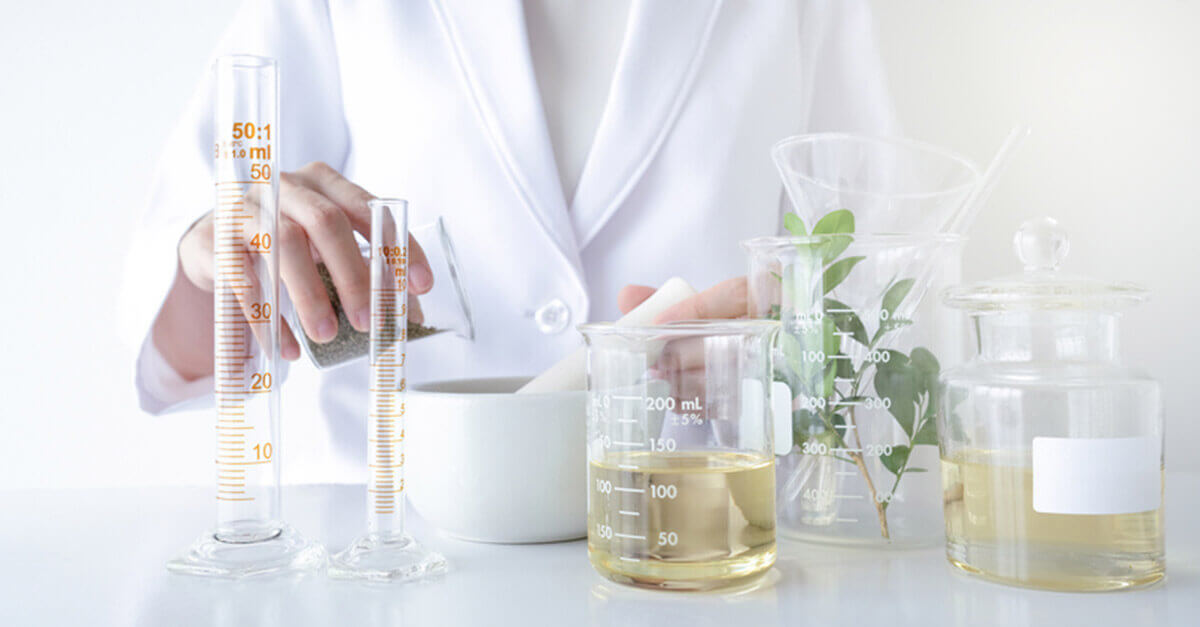
Now you’re probably wondering how to infuse your carrier oil with plants and herbs. Well, that’s what I’m here to teach you. While there are many different ways to infuse herbs and other plant material into our carrier oils, we’re going to discuss two different methods; the “It Takes Time” method and the “Low and Slow” method. Each one has its advantages and disadvantages which we’ll talk about more in-depth below.
It Takes Time Method

The “It Takes Time” method of carrier oil infusion yields the best infusion. It’s stronger, more aromatic, and allows us to use delicate herbs and carrier oils that don’t cope well with heat. To use this method of infusion, you’ll need a sterilized jar with a lid, your carrier oil of choice, your herbs, and a sterilized stirring tool.
The first thing you want to do is to fill your jar about ½ to ⅔ full of your herbs. Then you’ll want to pour the carrier oil into the jar until the herbs are completely covered and there is about an inch of oil above the herbs. Using your stirring rod, poke around and gently stir in the carrier oil into the herb. Tightly secure the lid and let it sit in a dark cool place for 4-6 weeks. Once you are done infusing, strain your mixture using cheesecloth and store in a sterilized jar.
Low & Slow Method
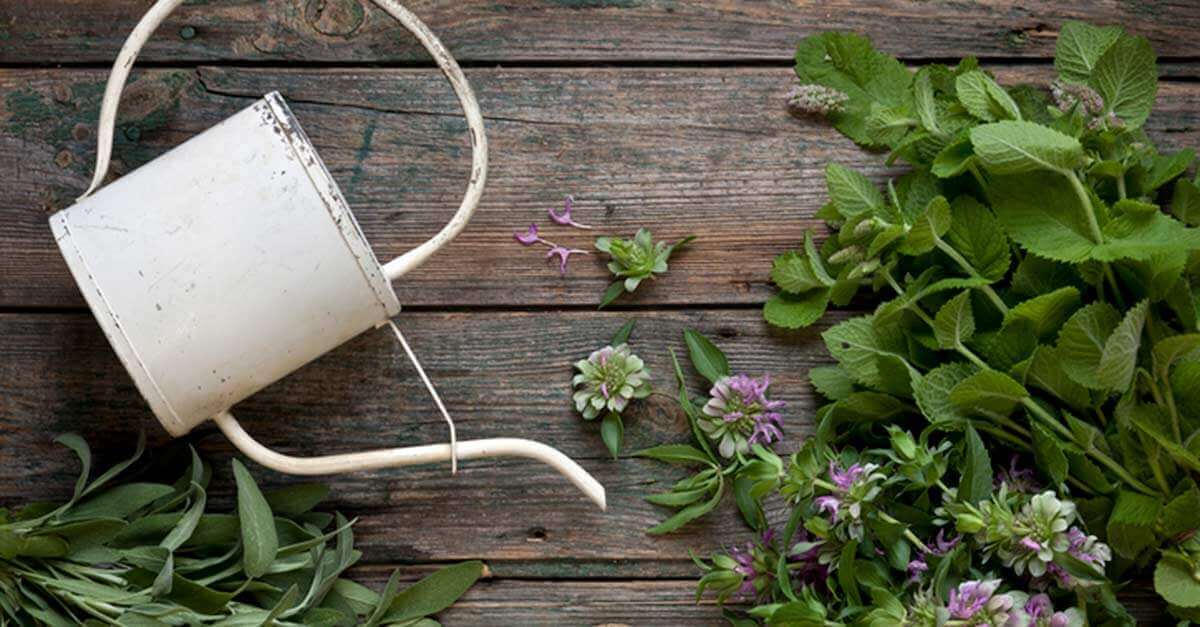
The “Low & Slow Method” or “Crockpot” method is ideal when you need your carrier oil infusion before 4-6 weeks, but not exactly the same day. You are essentially using low heat to infuse the carrier oil with the herbs quicker than just letting time work its magic. It’s important when utilizing any method that involves heat that you use carrier oils that can withstand high temperatures and non-delicate herbs. To utilize the “Low & Slow Method” to carrier oil infusion, you’ll need a crockpot, carrier oil of choice, herbs, cheesecloth, and a sterilized jar.
Once you have all of your materials, you’ll want to place your herbs in a clean and sterilized crockpot. Next, you’ll want to completely cover your herbs in your carrier oil of choice. Turn your crockpot on to the lowest heat setting, cover, and infuse. Lighter herbs might be done infusing in a few hours while heavier herbs could take a couple of days. It’s important not to rush it and not to “cook” your herbs by applying too much heat.
If you’re asking yourself how you’ll know when they’re done infusing, there is no real scientific answer. Just note the color and aroma of your infusion. If it smells strongly of the herb, you’re probably good to go. If your herbs become blackish in color, you’re using too much heat.
While it’s nice to have your infusion faster, using this method will produce an infusion that’s typically less pleasant than the slow “It Takes Time Method”. And there is a greater risk of ruining the herbs and oil by using too much heat.
What are some good herbs to infuse?
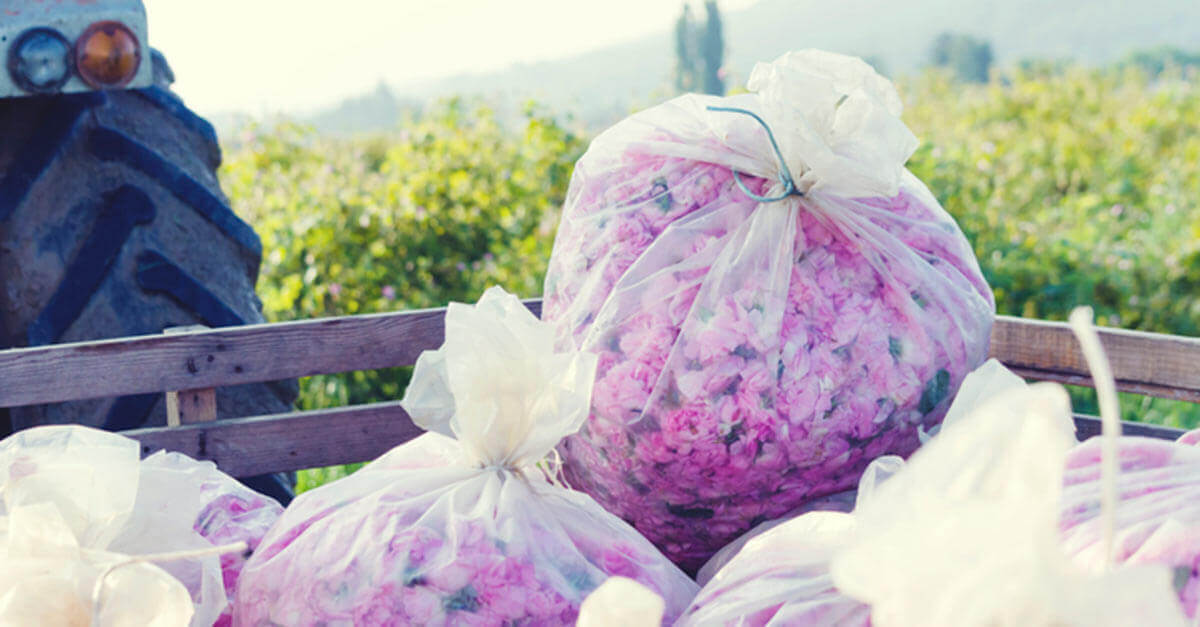
There are so many great herbal options for carrier oil infusions. My three favorites are Calendula, Chamomile, and Lavender. Calendula makes a great infusion with many beneficial skin properties. It can help nourish the skin and help combat dry, itchy skin. Chamomile is cleansing and soothing. It’s perfect for minor burns and irritation from the sun. Lavender is as versatile as it gets. It shares many of the same benefits as the essential oil and is gentle enough to use on the most sensitive skin, including infants and toddlers.
Tips & Tricks
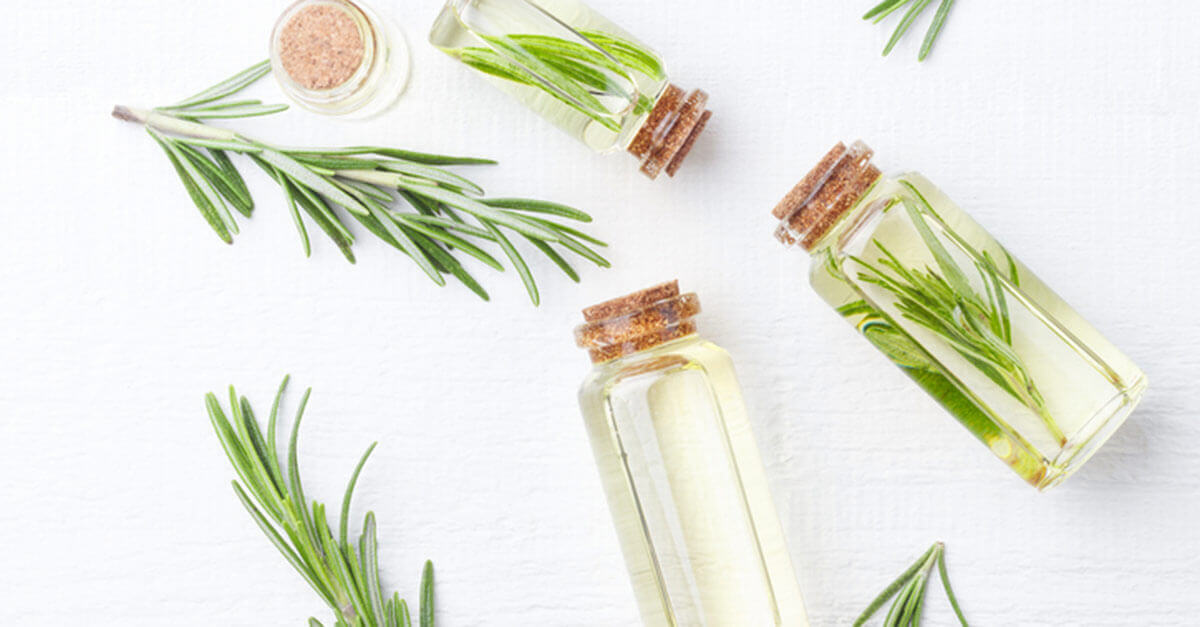
While there are many ways to infuse carrier oils, these are two of my favorite methods. It’s important to realize that there really isn’t a right or wrong in infusions. It is possible to overheat the herbs and oils. And it is possible to contaminate your infusion with water or by not using sterilized equipment. But beyond that, you can be pretty flexible. With that, you learn how to do different things to make the process easier or more effective. One of my favorite tricks is to gently grind up the herbs I want to infuse into my carrier oil using a mortar and pestle. This helps release some of the essential oils from the herb which makes your overall infusion a tad bit stronger and more fragrant. I’ve also found the carrier oil infusion strains better when you use multiple layers of cheesecloth and a fine-meshed strainer.
